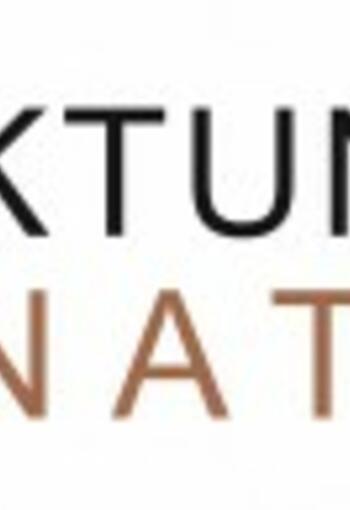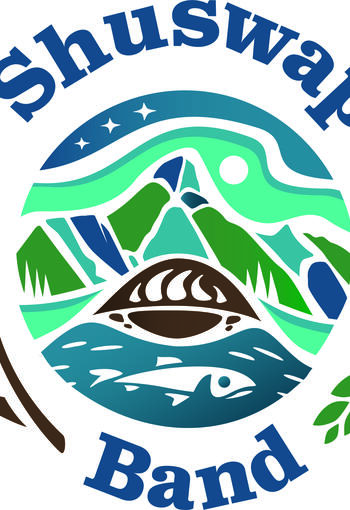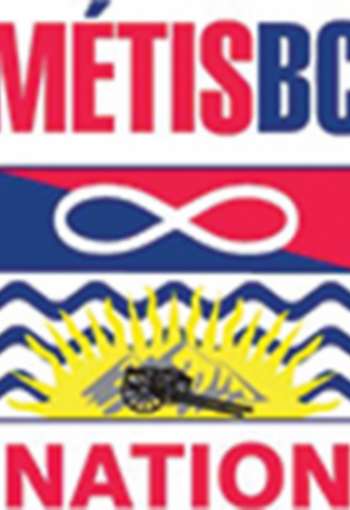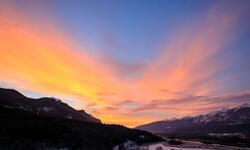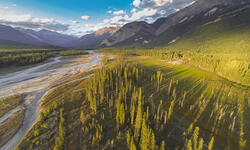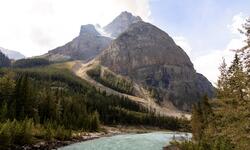Image
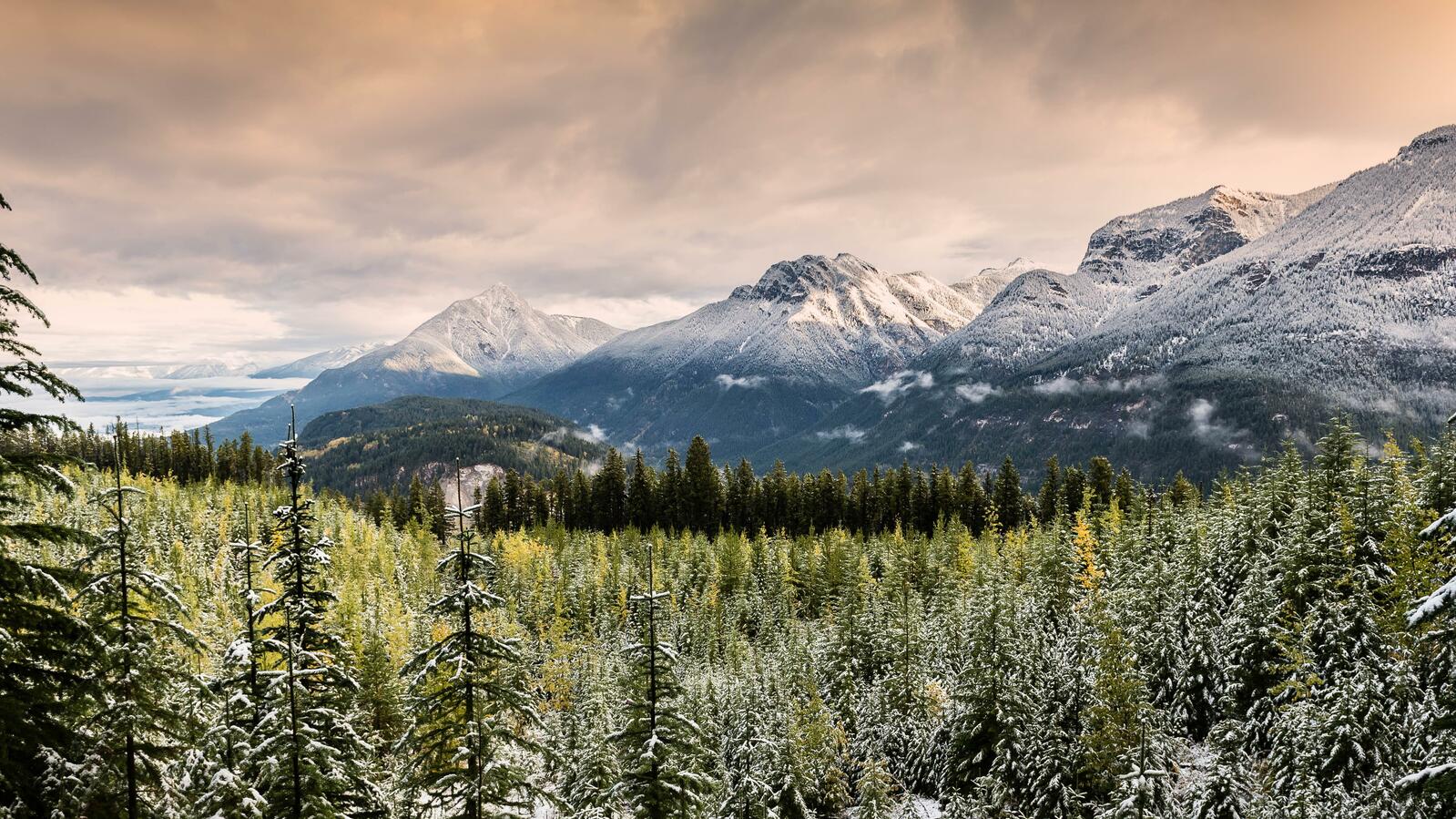
Indigenous Peoples
Tourism Golden is grateful to live, work and play on the traditional unceded territory of the Ktunaxa and Secwépemc peoples which is also the chosen home to the Métis Nation Columbia River Society.
We respectfully acknowledge the culture and history that connects these Nations with this land; and their wisdom, sacrifices, and stewardship of the past, the present, and the future.
Indigenous Peoples called this land their home long before Golden became a settlement. There are three Nations that have deep connections to this landscape: the Ktunaxa Nation, the Secwépemc Nation, and the Métis Nation. These Indigenous cultures reveal the timeless significance of this land to past and future generations.
